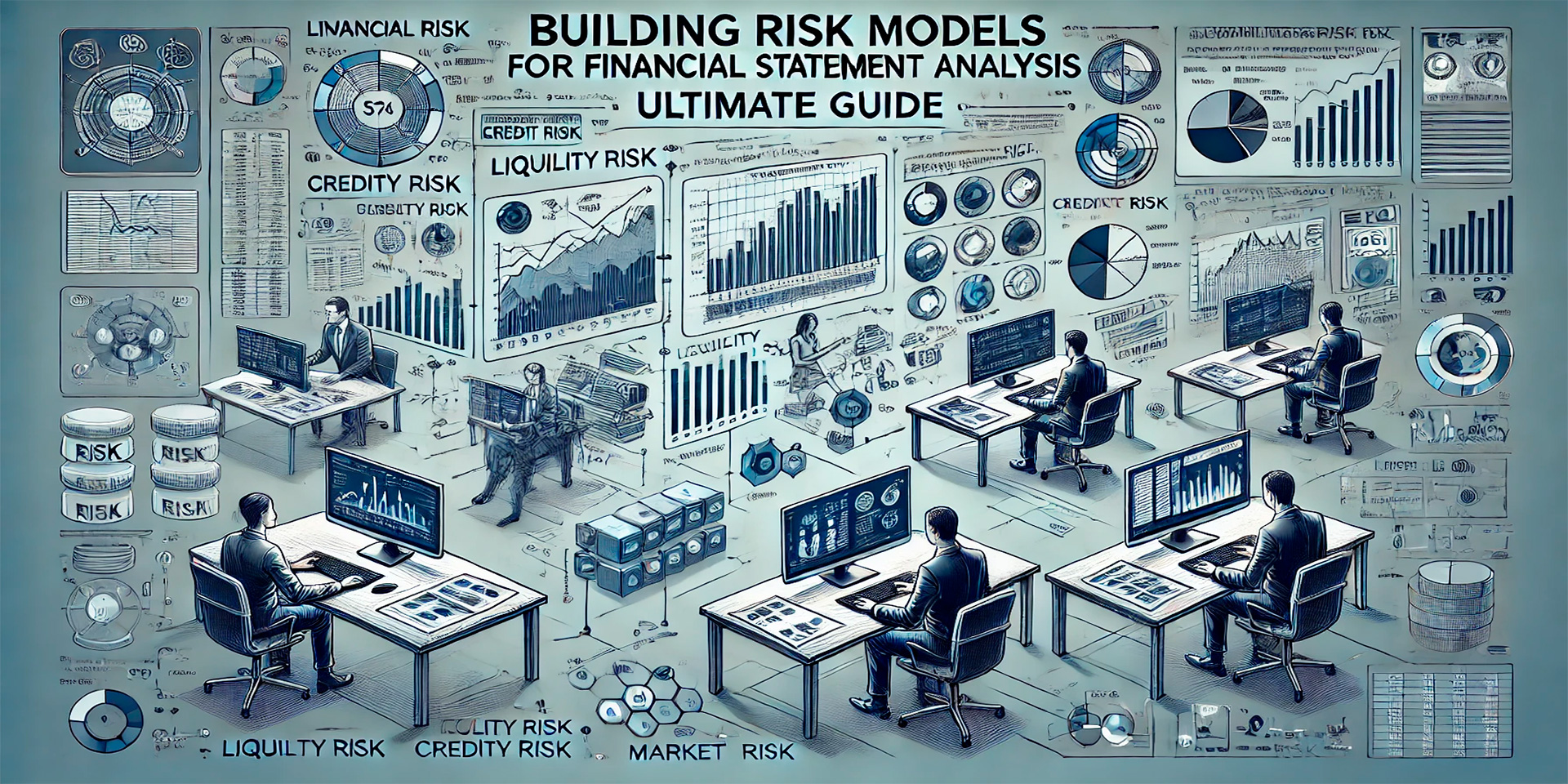Effective credit risk mitigation in consumer lending relies on thorough risk assessments, diversification, and robust credit policies. Diversifying portfolios and securing loans with collateral can mitigate risk exposure. Leveraging the 5 Cs of credit-character, capacity, capital, collateral, and conditions-provides a comprehensive evaluation framework, guiding informed lending decisions.
Ongoing monitoring is crucial. It detects issues early, enhances decision-making, and ensures regulatory compliance. Continuous evaluation fosters transparent communication and strengthens customer relationships. This proactive approach ultimately safeguards financial stability and maintains an updated risk profile, reducing the likelihood of defaults.
Utilizing technology improves the credit risk management process. Automated credit scoring models and real-time monitoring streamline assessments and increase accuracy. Embracing advanced tools like AI and big data enhances fraud detection and predictive analysis. By leveraging these technologies, your company confidently adapts to economic fluctuations, ensuring efficient and secure credit risk management.
What Are The Key Components Of Effective Credit Risk Mitigation In Consumer Lending?
The key components of effective credit risk mitigation in consumer lending include:
You should start by diversifying your lending across different industries, geographical regions, credit ratings, maturities, and collateral types. This strategy minimizes the risk tied to any single sector. Securing loans with collateral, like real estate, equipment, or financial instruments, gives you a claim on the borrower’s assets if they default.
Using third-party guarantees, such as those from a parent company, government agency, or the personal assets of a small business owner, bolsters repayment sources. Conduct a thorough initial risk assessment using credit scoring models, financial statement analysis, and loan covenants to evaluate the borrower’s creditworthiness and default potential.
Implement risk-based pricing by setting interest rates and credit limits based on the borrower’s assessed risk level. Higher risks should come with higher interest rates to compensate for potential losses. Continually monitor the borrower’s performance and adjust terms as needed. This includes tracking changes in their financial status and market conditions.
Additionally, consider transferring credit risk through instruments like credit derivatives or insurance products. Evaluate the borrower’s Character, Capacity, Capital, Collateral, and Conditions using the 5 Cs of Credit to gauge the risk involved. After the loan is disbursed, continuously monitor it to detect early signs of potential default.
Bringing it all together – by diversifying your lending portfolio, securing loans with collateral, using third-party guarantees, conducting thorough risk assessments, implementing risk-based pricing, continually monitoring borrowers, evaluating the 5 Cs of Credit, and considering risk transfer mechanisms, you can effectively mitigate credit risk in consumer lending and enhance your financial stability and profitability.
How Do The 5 Cs Of Credit Play A Role In Assessing Credit Risk?
The 5 Cs of credit—Character, Capacity, Capital, Collateral, and Conditions—are crucial for assessing credit risk. Here’s how they play a role:
Character: This evaluates your credit history and reputation for repaying debts. Lenders check your credit reports and scores from agencies like Equifax, Experian, and TransUnion. A solid track record reassures lenders of your reliability.
Capacity: This assesses your ability to repay the loan by looking at your income, employment stability, and existing debts. Lenders want to ensure you have enough cash flow to meet your loan obligations.
Capital: This considers your personal investment in the loan. Having your own money at risk shows lenders you are serious about the venture and adds a layer of security.
Collateral: This is any asset you can pledge to secure the loan. If you default, the lender can take the collateral to recover some of their loss. Common collateral includes real estate, equipment, and vehicles.
Conditions: This looks at the purpose of the loan and how economic conditions might affect your ability to repay. It includes factors like interest rates and the state of the market.
All things considered, understanding and addressing the 5 Cs—Character, Capacity, Capital, Collateral, and Conditions—helps you present a strong case to lenders and secure better loan terms.
What Strategies Can Lenders Use To Reduce The Likelihood Of Loan Defaults?
Lenders can reduce the likelihood of loan defaults by using several effective strategies. You should start with thorough due diligence. Assess the financial health, creditworthiness, and collateral of borrowers thoroughly before approving loans. Clear loan agreements are also crucial. They should specify repayment schedules, interest rates, and the consequences of default to ensure borrowers fully understand their obligations.
Collateralization is another key strategy. Secure loans with valuable assets like real estate or vehicles. This way, you have a fallback option to recoup losses in case of default. Continuous monitoring of borrowers’ financial performance can help you identify and address red flags early, potentially preventing defaults.
Communication and relationship management are vital. Maintain open communication with borrowers to foster trust and understanding. You can negotiate alternative repayment solutions if borrowers face difficulties. Investing in educational programs for borrowers about financial management can help them make informed decisions and avoid defaults.
Using technology can streamline your lending processes. Advanced risk assessment tools and automation can improve decision-making. If borrowers face financial difficulties, offering loan restructuring options can help adjust repayment terms and avoid default.
Lastly, by thoroughly evaluating borrowers, drafting clear agreements, securing collateral, keeping an eye on financial performance, maintaining open communication, educating your borrowers, leveraging technology, and offering restructuring options, you can significantly reduce the likelihood of loan defaults and improve your lending operations.
How Does Ongoing Monitoring Impact The Management Of Credit Risk In Consumer Lending?
Ongoing monitoring significantly impacts your management of credit risk in consumer lending by continuously evaluating and mitigating potential risks associated with extending credit. Here’s how it helps:
First, you can detect issues early. By regularly reviewing your borrowers’ financial health and credit behavior, you identify potential defaults or other problems early on. This allows you to take preemptive actions, mitigating these risks effectively.
Continuous assessment enhances your decision-making. With up-to-date information, you make better-informed lending decisions, adjusting credit terms as needed to reduce potential losses.
Regulatory compliance is another benefit. Ongoing monitoring ensures you stay compliant with regulatory requirements, such as the current expected credit loss (CECL) standard, by reassessing and reporting on your lending portfolio’s risk profiles.
Additionally, it keeps your risk profile updates accurate. You can track any changes in borrowers’ risk profiles and adjust your risk management strategies accordingly. For example, shifts in a borrower’s financial situation or behaviors may alter their risk level.
Maintaining strong customer relationships is easier with regular engagement. By proactively managing their credit, you build trust, foster transparency, and provide superior service.
Ongoing monitoring supports your financial stability. It minimizes unexpected defaults and helps you manage capital reserves effectively.
Leveraging advanced analytics further enhances your ability to identify problems early and comply with credit policies. These tools help you monitor and manage credit risk efficiently.
Finally, implementing continuous monitoring in your credit risk management process safeguards your financial stability, improves compliance, and strengthens client relationships.
What Role Does A Borrower’S Credit History Play In Credit Risk Assessment?
Your credit history plays a crucial role in credit risk assessment. Lenders use your credit history to gauge your financial responsibility and how likely you are to repay loans. It includes your past borrowing and repayment activities, like on-time payments, credit utilization, credit history length, credit mix, and recent credit inquiries.
Your payment history is the most critical aspect, showing whether you make payments on time. Credit utilization indicates how much of your available credit you’re using, with lower rates being better. A longer credit history provides more data for lenders and generally improves your creditworthiness. A diverse credit mix shows you can handle different types of credit responsibly. Frequent credit inquiries can temporarily lower your score as they suggest potential financial instability.
Lenders also consider your credit score, a numerical representation of your credit history, to quickly assess credit risk. A higher score means lower risk and more favorable loan terms, whereas a lower score indicates higher risk, leading to higher interest rates or even loan denial.
In closing, your credit history helps lenders predict your future behavior and assess the likelihood of default, directly influencing your loan terms and interest rates.






Leave a Reply